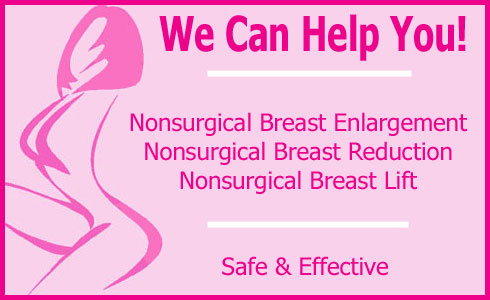
Inframammary breast augmentation is one of the easiest methods used to position breast implants in the body. The breast crease allows direct surgical access to the interior of the breast and is the least complicated of all breast enlargement procedures. While this operation is nice for the surgeon, it is not always the best choice for the patient. Learning the facts about this particular enlargement procedure will help you to decide on whether or not the operation fits your specific needs and desires.
This essay profiles the positive and negative points of consideration of this popular breast implant placement surgery.
Inframammary Breast Surgery
The inframammary procedure is commonly called breast fold or breast crease augmentation. The entry incision is placed along the anatomical crease, which separates the bottom breast from the chest wall. This location is ideal for the surgeon to access the interior tissues and position the patient’s choice of implant.
However, this incision will also be likely to leave a visible scar along the bottom of the breast. This scar will be particularly noticeable on women with smaller breasts or when viewed from an upward angle.
Some women feel that these scars do diminish the aesthetic quality of the breasts and reduce the beauty of the augmentation.
While the doctor might enjoy the ease of this procedure, it is your choice how you want your breast surgery performed. Remember, you have the final decision when choosing the breast augmentation procedure which works best for you.
Breast Fold Augmentation Comparison
The inframammary fold approach might be best for women who already have an existing scar from a previous enlargement procedure in the same location. It might also be a good choice for women combining their augmentation surgery with a mastopexy, to achieve an enlarged and lifted look and feel.
For most other women, there is no reason to suffer the potential scarring and supportive tissue damage often associated with the breast fold incision.
Although this procedure is not as risky to the neurological and glandular tissues as periareolar augmentation, it is still more damaging than the 2 procedures which do not cut into the actual breast.
Transaxillary and TUBA procedures can achieve equal results, but do so without any visible scarring.
Inframammary Breast Implants
Breast fold augmentation can be performed using either saline or silicone breast implants. The size of the incision will depend on the implant size and style.
Saline breast implants are inserted empty and require a very small surgical opening.
Silicone and cohesive silicone gel implants need a much longer incision, since they are pre-filled by the manufacturer.
Patients afraid of scarring, and risks to sensitive breast tissues, should consider the TUBA procedure if they have decided on receiving saline implants.
Women who have chosen silicone should find out how transaxillary augmentation can utilize the implants they desire, without the scarring associated with the breast crease incision.
Breast Fold Incision Procedures
Using the breast crease as the location for a surgical opening is simply not always the best choice a woman can make. Some doctors are particularly skilled at hiding the incision and minimizing scarring, but some trace of the cut will be visible in most patients.
There are not really any specific benefits to the procedure, except a potentially lower cost. Some other approaches are less damaging to the breast tissue and are not likely to leave any noticeable evidence of the surgery.
Consult with a qualified cosmetic surgeon to determine which breast augmentation procedure is best for your particular body type and lifestyle. Take your time to learn about several procedures before deciding on the one which will fulfill your highest body image expectations.




